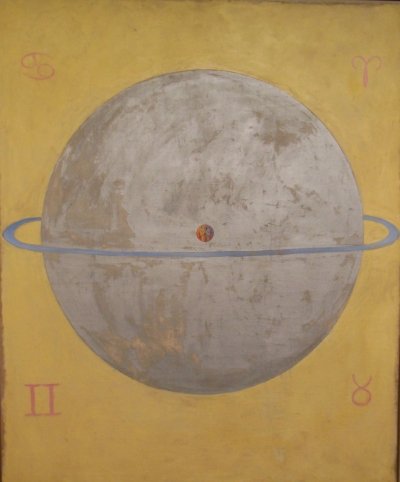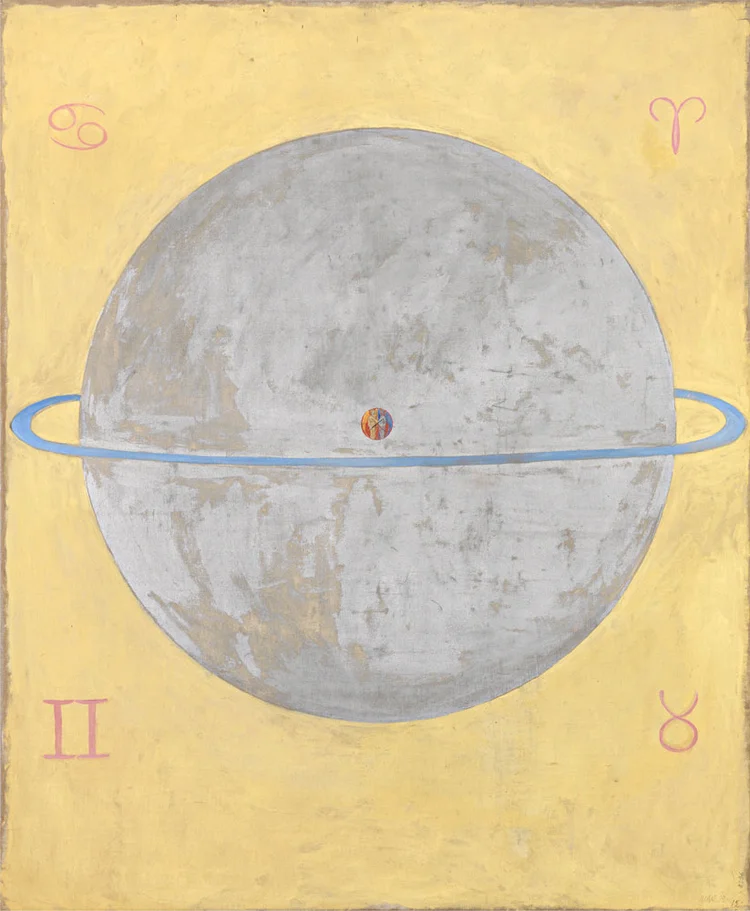"European astrologers made use of a cosmology, which came originally from Greece. According to the scheme first laid out by Plato and then elaborately developed by Aristotle and others, the universe has two main parts: the upper realm of the celestial spheres, which revolve around the earth, and the lower realm of the four elements. In the upper realm, "tout n'est qu'ordre et beaute, luxe, calme et volupte". The stars and the planets, embedded in crystalline spheres, make the unchanging music of eternity. In the lower realm, by contrast, things and creatures composed of four elements - earth, air, fire, and water - are born and grow, become old and die. Down here, things change incessantly; the elements play an unending drama, which seems to have no clear script.
But that which is complete, does not change and moves in a uniform way is higher than that which changes. And the higher rightly rules the lower. Accordingly, the music of the spheres in the upper realm extends its influence to the living creatures in the lower realm. They dance to it - at least to the limited and imperfect extent allowed by the messy and changeable matter of which they consist. The cosmology justified the hermeneutics. It explained, why the astrologer could infer from the smooth and predictable movements of the planets the jerky and uneven future movements of plants, animals, and humans on earth."
Anthony Grafton, 'Cardano's Cosmos; The worlds and works of a Renaissance astrologer', 1999 (Italics mine)


